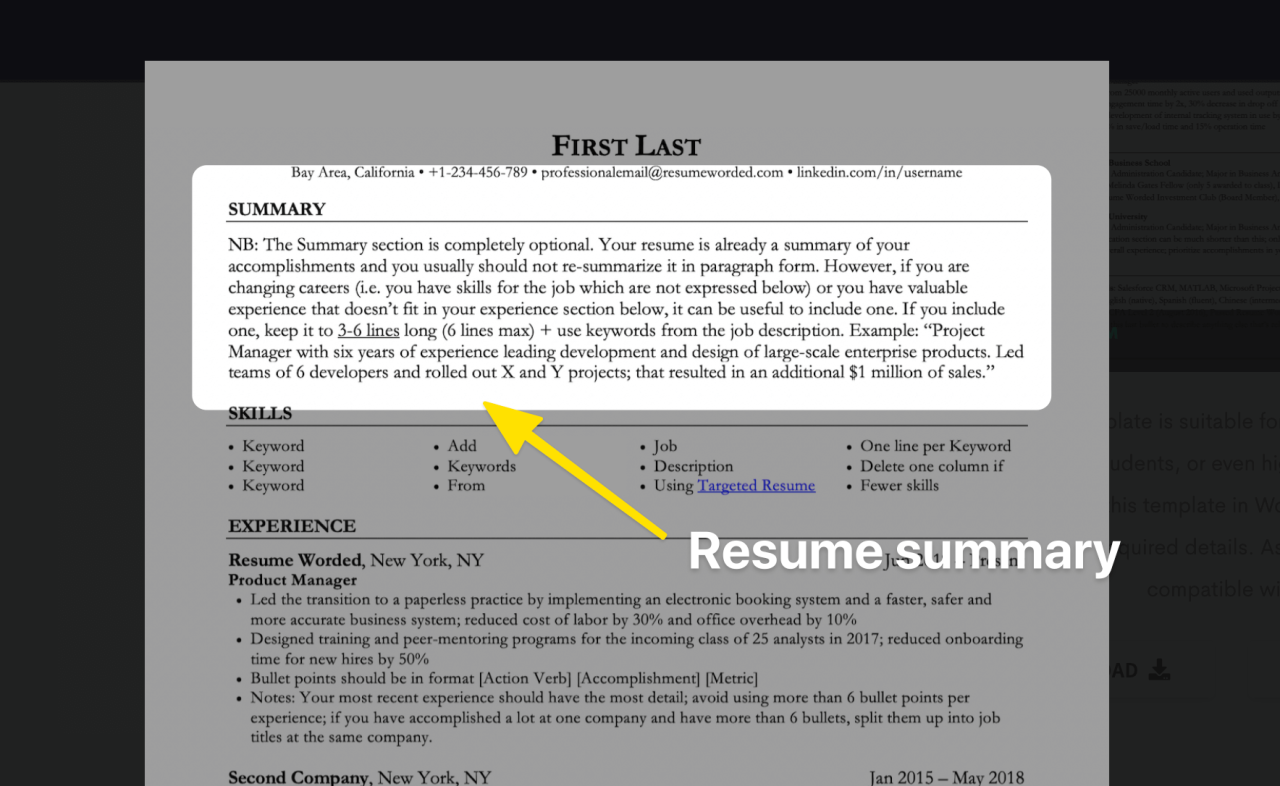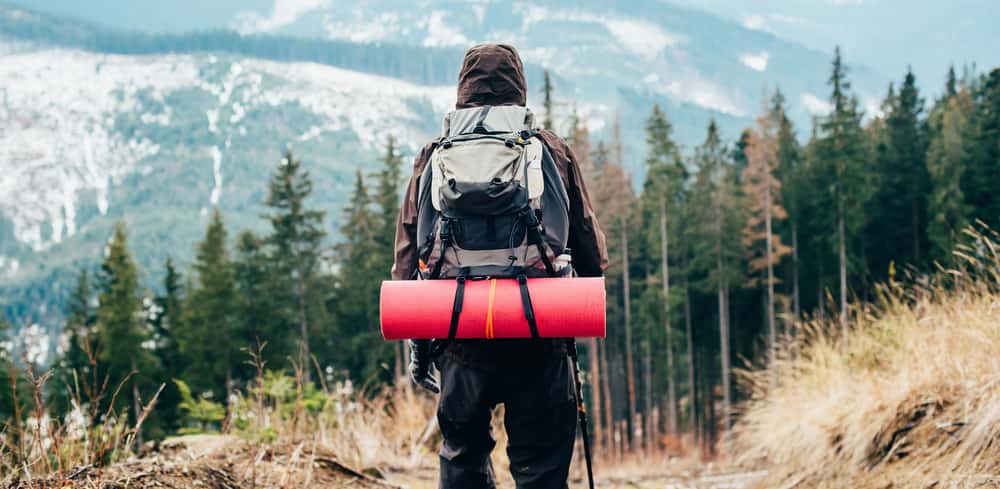Hiking for Beginners: Essential Gear and Safety Tips – Hiking for Beginners Essential Gear and Safety Tips invites you to explore the exhilarating world of hiking while ensuring you are well-prepared. Whether you’re taking your first steps on the trail or looking to refresh your knowledge, understanding the essential gear and safety precautions makes for a much more enjoyable experience. With the right equipment and awareness, you can soak in the beauty of nature while staying safe and comfortable.

This guide will cover everything from must-have gear for beginners to important safety tips that will help you navigate the trails confidently. You’ll learn about the right footwear, clothing, and tools to enhance your hiking adventures, as well as best practices for staying safe outdoors. Whether it’s a short day hike or a longer trek, you’ll be equipped with the information you need to make the most of your journey.
The ocean, covering more than 70% of our planet, is not just a vast body of water; it’s a whole new world teeming with life, mysteries, and adventures waiting to be discovered. From the colorful coral reefs to the haunting depths of the ocean floor, the marine environment is as diverse as it is crucial to our planet’s health. In this post, let’s embark on an exciting journey to explore the wonders of the ocean and understand why it’s so important for us.
The Importance of the Ocean
The ocean plays a vital role in our ecosystem. It is not only a source of food and livelihood for millions of people around the world but also acts as a natural climate regulator. The ocean absorbs carbon dioxide from the atmosphere, helping to mitigate climate change. Moreover, it produces over half of the world’s oxygen through the photosynthesis of marine plants such as phytoplankton. These tiny organisms are crucial for life on Earth, highlighting the interdependence between terrestrial and marine life.
Diving into Marine Biodiversity: Hiking For Beginners: Essential Gear And Safety Tips
Have you ever wondered what lies beneath the surface of the ocean? The marine world is home to an incredible variety of life forms. Scientists estimate that there are about 230,000 known marine species, but the actual number could be in the millions! From the vibrant colors of tropical fish to the majestic movements of whales, the diversity is utterly captivating.
One of the most remarkable ecosystems found in the ocean is the coral reef. Often referred to as the “rainforests of the sea,” coral reefs support an astonishing array of marine life. They provide habitat and shelter for approximately 25% of all marine species, making them essential for biodiversity. However, coral reefs are facing numerous threats, including climate change, pollution, and overfishing, which makes their conservation critical.
The Mysteries of the Deep Sea
As we venture deeper into the ocean, we encounter the mysterious and often eerie realm known as the deep sea. This part of the ocean is less explored than the surface of Mars, and it remains one of the most enigmatic places on Earth. The deep sea is characterized by extreme conditions, such as high pressure, low temperatures, and complete darkness. Yet, this harsh environment is home to some fascinating and bizarre creatures, like the anglerfish, giant squid, and bioluminescent jellyfish.
Scientists are constantly uncovering new species and learning more about how these organisms adapt to their surroundings. One of the most intriguing aspects of deep-sea life is bioluminescence—the ability of certain organisms to produce light. This adaptation is used for various purposes, including attracting mates, luring prey, and deterring predators.
Conservation Efforts: Protecting Our Oceans
Given the importance of the ocean and the threats it faces, conservation efforts are more crucial than ever. Initiatives like marine protected areas (MPAs) are designed to safeguard critical habitats and allow ecosystems to recover. These protected spaces give marine life a chance to thrive and contribute to the overall health of the ocean.
Additionally, sustainable fishing practices are being promoted to prevent overfishing and ensure that fish populations remain healthy. Educating the public about the impacts of pollution—especially plastic pollution—is also essential. Simple actions like reducing plastic use and participating in beach clean-ups can make a significant difference.

Adventures Await: Exploring the Ocean
The ocean offers endless adventures for those willing to explore it. Whether you’re snorkeling in a coral reef or embarking on an exciting scuba diving expedition, there’s something for everyone. For those who prefer to stay above water, activities like kayaking, whale watching, and sailing provide unique perspectives on the ocean’s beauty.
Moreover, advancements in technology have made it easier to explore the ocean than ever before. Submersibles and remotely operated vehicles (ROVs) are helping scientists reach depths that were once thought unreachable, unveiling new discoveries and deepening our understanding of marine ecosystems.
Our Role in Ocean Protection
As global citizens, we all have a role to play in protecting the ocean. Supporting sustainable seafood initiatives, advocating for policies that promote ocean conservation, and reducing our carbon footprint are vital steps we can take. Additionally, sharing knowledge and raising awareness about the importance of the ocean can inspire others to get involved in marine conservation efforts.
In conclusion, the ocean is an incredible treasure trove of wonders that deserves our respect and protection. Whether it’s through direct involvement in conservation or simply appreciating its beauty, we can all contribute to the health of our seas. Let’s cherish and protect this magnificent blue world for future generations to enjoy. Together, we can ensure that the ocean remains a vibrant, thriving ecosystem for all forms of life.
FAQ Overview
What should I wear for a beginner hike?
Wear comfortable, moisture-wicking clothing and sturdy hiking shoes. Layering is recommended to adjust to changing weather conditions.
How much water should I bring on a hike?
It’s generally advised to drink about half a liter of water per hour of hiking, but carry enough to stay hydrated throughout your trek.
What essential items should I have in my backpack?
Pack items like a first-aid kit, snacks, a map or GPS, a flashlight, and a multi-tool in addition to water and extra clothing.
How can I ensure my safety while hiking alone?
Always inform someone of your hiking plans, stay on marked trails, carry a charged phone, and avoid risky areas or conditions.
What is the best time to start hiking as a beginner?
Spring and fall are often ideal for beginners, as the weather is typically mild. Early mornings can also be less crowded and cooler.





